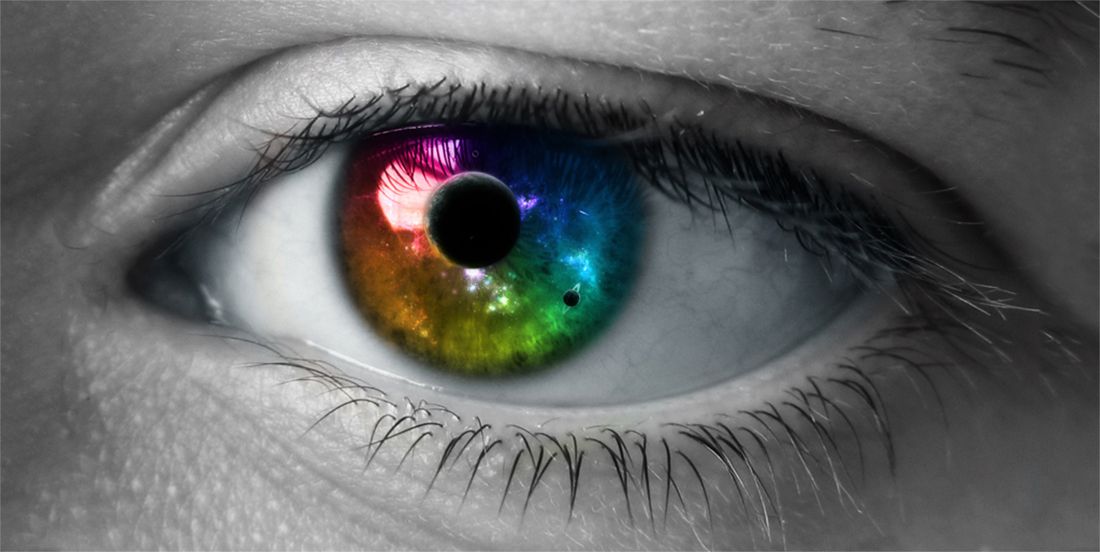Scientists at Oxford University have discovered a new "nano-pixel" that will mean displays on contact lenses, in car windows and flexible screens are all possible. It could even mean synthetic retinas in your eyes.
The discovery was made when researching phase changing materials. By sandwiching transparent electrodes either side of this phase changing material they could control power which results in colour changes. Essentially it's like making parts of pixels, at 300 x 300 nanometres, which can be used to make images.
So far they've made still images with the technology but say they can control colour even at this early stage. And since only certain pixels need to be changed, as colours vary, it should be a super low power consuming technology.
Professor Harish Bhaskaran of Oxford University's Department of Materials said: "We found that not only were we able to create images in the stack but, to our surprise, thinner layers of GST actually gave us better contrast. We also discovered that altering the size of the bottom electrode layer enabled us to change the colour of the image."
Companies are in talks with the university's corporate arm, Isis, about licensing the technology.
READ: iPhone 6 pictures: All the leaked photos and concept art in one place

